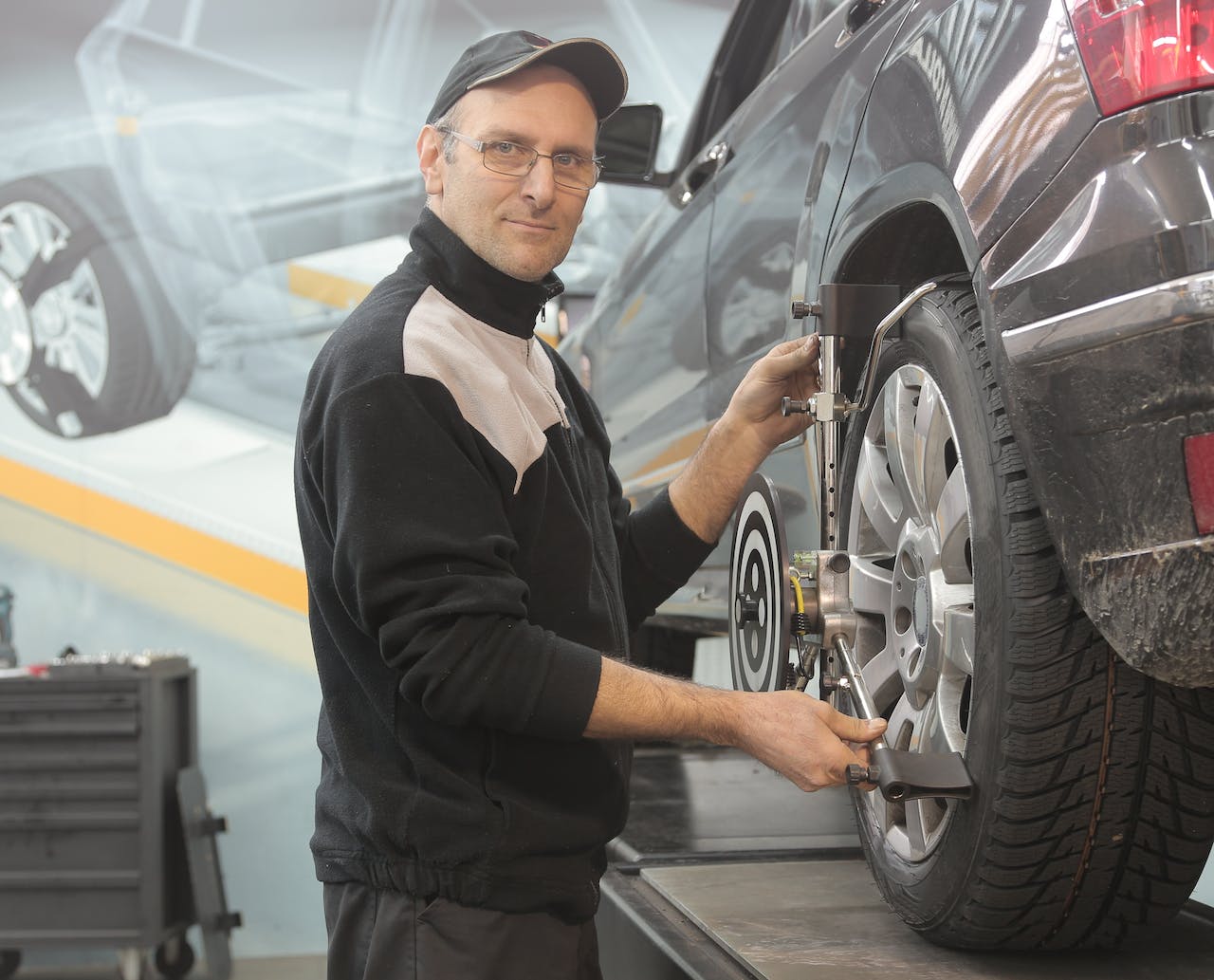Healthy tires increase your vehicle’s mileage and keep you safe as you drive. Because of this, tires need to be inspected on a regular basis. This is true if you only drive short distances in a small car or if you regularly drive a semi across the province. Many drivers aren’t aware that they need to inspect their tires regularly. A worn-out tire could pose dangers, as even the slightest deterioration can lead to severe problems.
Keep reading to learn simple ways to inspect your tires yourself without having to hire a professional to do this important job for you. If you aren’t well-versed about tires, this site can provide professional assistance by matching your vehicle with the right tires through their app.
Check tire pressure
Tire inspection begins with checking air pressure. A tire pressure gauge is a tool you should keep in your vehicle at all times. It is very easy to use as long as you know how to operate the gauge. It is also important to know the amount of pressure your tires should hold. Start by looking for the recommended PSI, or pounds per square inch. This number may be found in your vehicle’s manual, on a sticker in the driver’s door or on the tires themselves. The majority of tire manufacturers recommend a PSI of 30 to 35 for standard automotive tires. Over-the-road trucks have a much higher number due to the size of the tires themselves and the weight they are expected to carry. A semi may need as much as 110 PSI or more.
Once you know what you are looking for, you are ready to begin checking the tire pressure. Make sure your tires are cold. Checking tire pressure after you have been driving may give you an incorrect number. Remove the valve stem cap of the tire. Press the head of the gauge directly onto the valve stem and press hard until the sound of air escaping stops. You can then remove the gauge to read the pressure. Don’t forget to recap the valve stem. Repeat on all of the vehicle’s tires.
Tires can have fluctuating tire pressure as the outside temperatures change. It is smart to check the tire pressure every week, especially during the coldest times of the year. If you do find that you have one more low tires, replacing the air is simple. Most filling stations have air pumps that are inexpensive and as easy to operate as a pressure gauge. You may also take your vehicle to a service station or a tire shop for air.
Inspect the wheel
When looking at your tires, you should inspect the wheel as well. If you see uneven wear on the outside of the rim, it’s likely that the inside of the tire is also starting to show signs of wear. If you see small chips, cracks, or other imperfections, these should be attended to before they develop into bigger problems.
One way to judge the condition of both your tires and wheels is to look at them from different angles. Stand on both sides of the tire and rotate each wheel. If you see uneven wear on the inner side of the wheel, the inside is probably very badly worn. This will also indicate that there may be some rust underneath the rim, or that the wheel will also have to be repaired.
Check tire condition and tread depth
The tire condition is easy to check with just a simple visual inspection. All you need is to know warning signs of poor tire condition. Standard wear and tear might include a few surface scrapes. This should not be a cause for concern unless the scrapes are deep enough to cause the tire rubber to become lifted or separated. Causes for concern include punctures of any kind, cracking or cuts. You should also look for any strange bumps and bulges. You will begin to notice changes as you become more accustomed to inspecting your tires.
Tire tread is another item to check each time you perform a self-inspection. The tread is the part of a tire that touches the ground. This is very important because it’s the part that compresses when pressure is applied to it.
Serviced tires take a lot of abuse from driving on road salt, ice, and snow. Treads can wear down much more quickly than you might think. The easiest way to check the treads is with what is called the toonie test. Simply grab a coin and place it within a groove. About 1/4 of the coin should fit within the grooves. Any less than this and it is time to replace your tires.
Factor in the tire’s age
The age of the tires must also be taken into consideration when performing your inspection. Tires are made to last about 10 years, though they may need to be replaced more frequently the more often you are on the road.
Final Word
Inspecting your tires regularly depends on a few circumstances. All these considered, it’s best to inspect your tires and wheels once a week while they’re in good operating condition. This lets you proactively avoid faster wear-and-tear of your tires. Additionally, this will save you the trouble of spending for potentially costly repairs, as well as maintain your vehicle’s safety. Ensure that your tires are in good condition so you can avoid getting into an accident.

